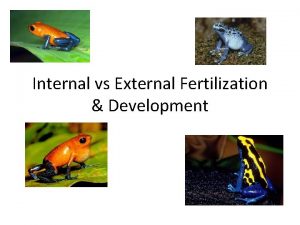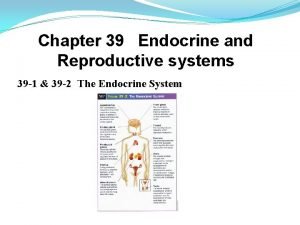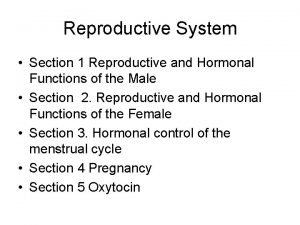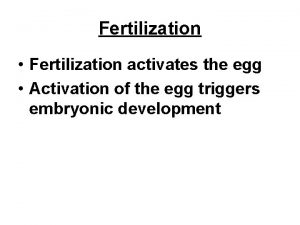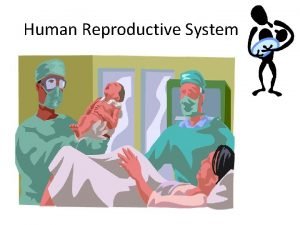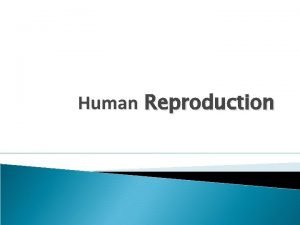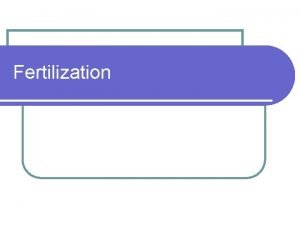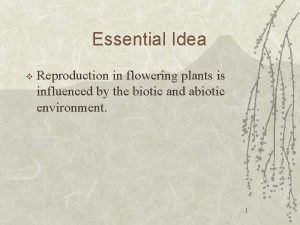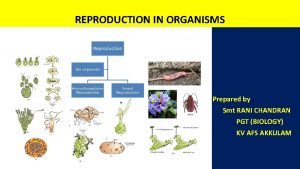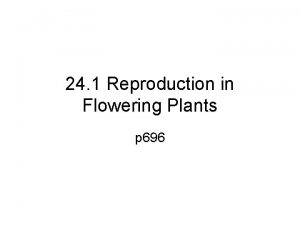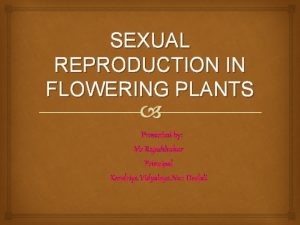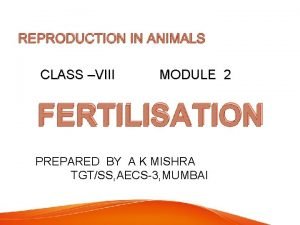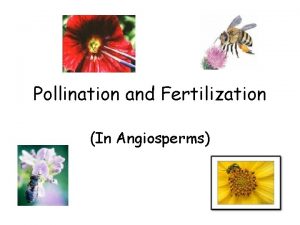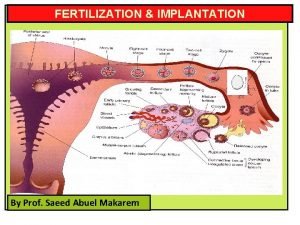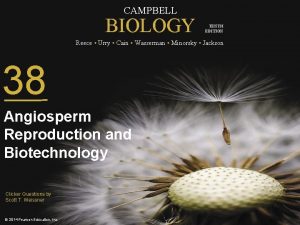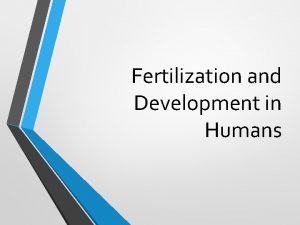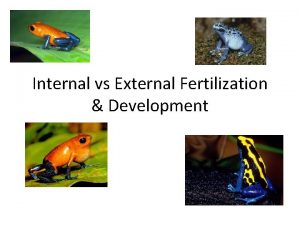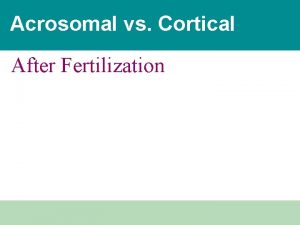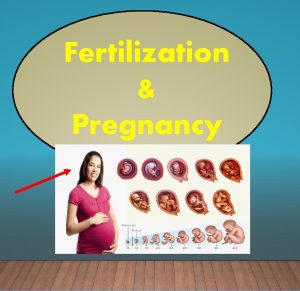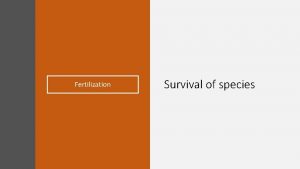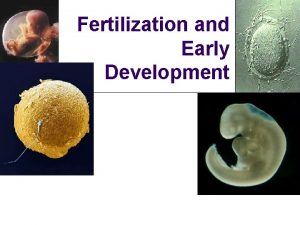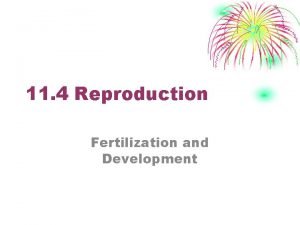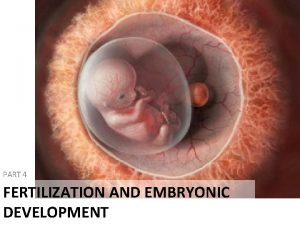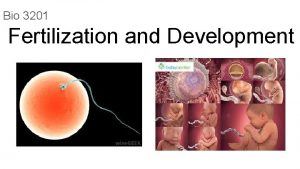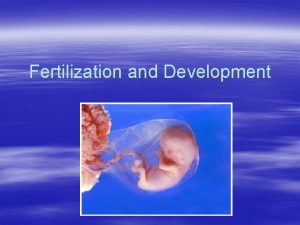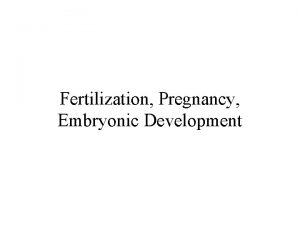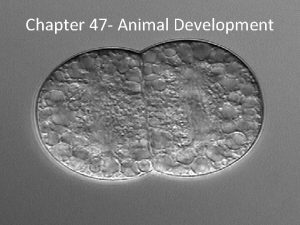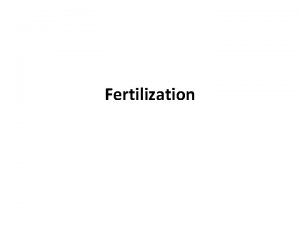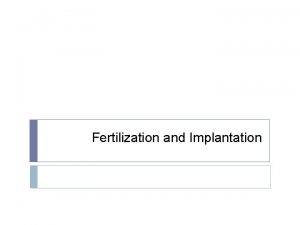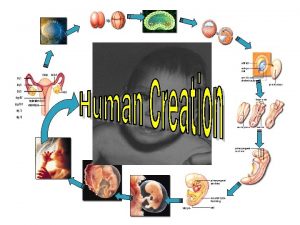Fertilization and Development o Fertilization n n n



















- Slides: 19

Fertilization and Development

o Fertilization: n n n Union of gametes (sperm and egg). Occurs in the fallopian tube. Results in a zygote.


Types of Fertilization o Internal Fertilization: n n Gametes unite in the moist female reproductive tract. Characteristic of terrestrial (land) animals.

o External fertilization: n n n gametes fuse outside the body of the female. Large numbers of eggs required to ensure survival. Characteristic of many aquatic animals.





Internal or External Fertilization?


In Vitro Fertilization o IVF n Egg and sperm are united outside of the body and then embryo is implanted into the female uterus.

Multiple births o Identical twins- develop from one zygote, which separates during cell division. (one egg, one sperm) o Fraternal twins- develop from two eggs, each fertilized by separate sperm cells.


INTERNAL DEVELOPMENT o Involves the growth of the embryo within the body of the female. o Embryo develops internally within the uterus. o Within the uterus, a specialized structure called the placenta is formed. n. The exchange of nutrients, wastes, and respiratory gases between the mother and embryo takes place through the placenta through diffusion and active transport. n. Maternal and embryonic blood do not mix.

o. An umbilical cord containing blood vessels attaches the embryo to the placenta. o. While in the uterus, the baby floats in the amniotic fluid. n. Protects the baby from outside injury by cushioning sudden blows or movements.


Factors that Can Affect Fetal Development o. Age- chances of down syndrome increase significantly after the age of 35. o. Smoking, drugs and alcohol- substances can cross the placenta and harm the baby. n. May lead to low birth weight (smoking), withdrawal at birth (drugs) or fetal alcohol syndrome (alcohol).

o o o o Stunted Growth Premature exposure to alcohol can hinder the growth of a baby. Sufferers of this syndrome are often found to grow to a height lesser than average persons. Weight Problems The weight of a baby with Foetal Alcohol Syndrome is generally lower than normal. Small Head Babies with Fetal Alcohol Syndrome are born with a small head circumference. Slow Development
 Internal vs external development
Internal vs external development Chapter 39 endocrine and reproductive systems
Chapter 39 endocrine and reproductive systems Lesson 15.4 ovulation fertilization and implantation
Lesson 15.4 ovulation fertilization and implantation Physiological function of estrogen
Physiological function of estrogen Chicken egg fertilization timeline
Chicken egg fertilization timeline Salamander external fertilization
Salamander external fertilization Parthenogenesis
Parthenogenesis Note on hypothalamus
Note on hypothalamus Fertilization occurs
Fertilization occurs Pronucleus
Pronucleus Angiosperms double fertilization
Angiosperms double fertilization Salamander external fertilization
Salamander external fertilization Post fertilization events
Post fertilization events Events of fertilization in plants
Events of fertilization in plants Female parts of a flower diagram
Female parts of a flower diagram Male gametophyte
Male gametophyte Fertilization class 8
Fertilization class 8 Double fertilization in angiosperms
Double fertilization in angiosperms Define fertilization
Define fertilization Double fertilization in angiosperms
Double fertilization in angiosperms
